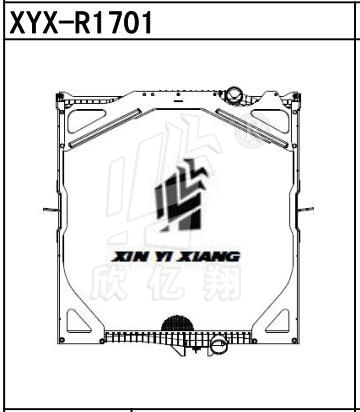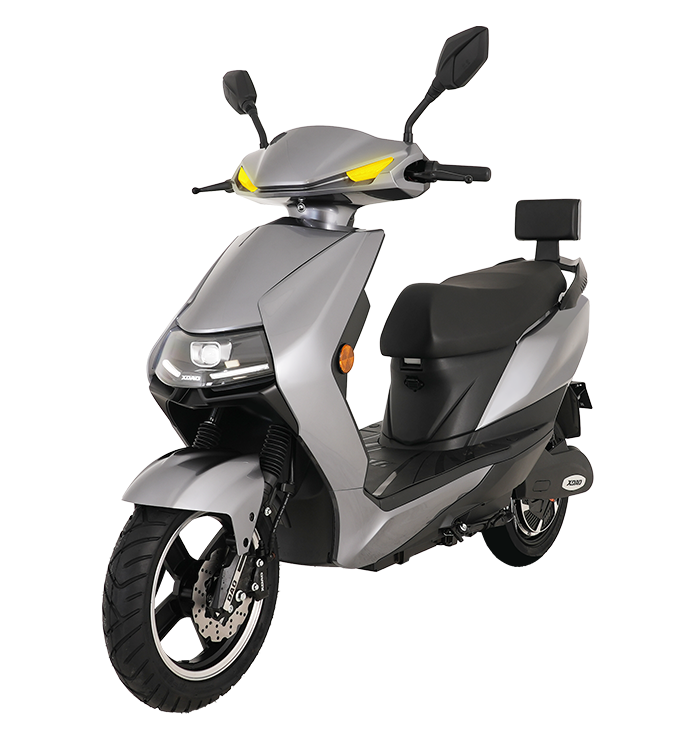Insulating a camper trailer is a crucial step in making it more comfortable, energy-efficient, and suitable for year-round use. Proper insulation helps maintain a stable interior temperature, reduces energy consumption, and creates a cozy living space. Here's a step-by-step guide on how to insulate your camper trailer:
Materials You'll Need:
Insulation Material: There are various types of insulation materials to choose from, including fiberglass batts, rigid foam boards, spray foam insulation, or reflective foil insulation. Your choice will depend on your budget, available space, and insulation needs.
Adhesive: To secure the insulation material to the walls and ceiling, you'll need an appropriate adhesive. Make sure it's compatible with the insulation material you're using.
Measuring Tape and Utility Knife: For precise cutting and fitting of insulation panels.
Safety Gear: Wear gloves, a mask, and protective eyewear to prevent skin and respiratory irritation when working with insulation materials.
Sealant: To seal gaps, seams, and joints in the insulation for added thermal efficiency and moisture control.
Step 1: Prepare Your Trailer
Before you start insulating, remove any existing interior panels, fixtures, or furnishings inside the camper trailer. This will give you access to the walls and ceiling for insulation installation.

Step 2: Choose the Right Insulation
Select the insulation material that suits your Travel camper's specific needs. If you're dealing with curved walls, you may prefer flexible materials like fiberglass batts or spray foam, which can conform to the shape of the trailer.
Step 3: Measure and Cut
Explore more:How do I choose a bike for my child?What is the most luxurious semi truck brand?What tonnage is a low bed trailer?Discover the Benefits of Autone Wingspan Van Semitrailers in Freight TransportRevolutionizing Energy Car Sales: Are Electric Vehicles Worth It?Are electric car carrier semi trailers feasible?Maximizing Efficiency with Fence Semi Trailers: How?Measure the dimensions of the walls and ceiling where you plan to install insulation. Use a utility knife to cut the insulation material to the correct size, ensuring a snug fit. Pay special attention to areas around windows, doors, and corners.
Step 4: Apply Adhesive
Apply the chosen adhesive to the back of the insulation material. Make sure to follow the manufacturer's instructions for the specific adhesive you're using.
Step 5: Install Insulation
Press the adhesive side of the insulation material firmly against the interior walls and ceiling of your camper trailer. Start from one end and work your way across, ensuring that there are no gaps or voids. For curved walls, you may need to make small cuts and adjustments to achieve a good fit.
Step 6: Seal Seams and Gaps
To improve the insulation's effectiveness, use sealant to fill any gaps, seams, or joints between insulation panels. This prevents air leakage and moisture infiltration, which can reduce the insulation's performance.
Step 7: Reassemble Interior
Once the insulation is in place and any sealant has dried, you can reassemble the interior of your camper trailer. Reinstall interior panels, fixtures, and furnishings as needed. Make sure not to compromise the integrity of the insulation or create new gaps in the insulation during this process.
Step 8: Test and Monitor
After insulating and reassembling your camper trailer, it's essential to monitor its temperature and humidity levels to ensure that the insulation is functioning correctly. Make any necessary adjustments or additions if you notice any issues with temperature regulation or moisture buildup.
By properly insulating your Forest camper trailer, you can enjoy a more comfortable and energy-efficient living space, whether you're using it for weekend getaways or extended trips. Effective insulation will help keep you cozy in cold weather and cool in hot weather, making your camper a true home on wheels.
Explore more:What are benefits of air suspension?What are the different types of pallet racking systems?The Power of LNG Semi-Trailers: Unlocking a Cleaner Future for TransportationSide Wall Trailer: Enhancing Cargo Transport Efficiency and SafetyWhy do people like campers?The Future of Transportation: Unleashing the Power of Electric BicyclesWhat are the trailer parts?












Comments
Please Join Us to post.
0